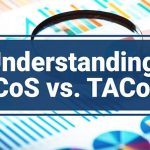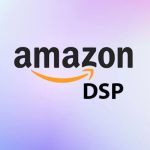
Balancing Organic and Paid Marketing for Sustainable Growth
In the fast-paced world of eCommerce, scaling sustainably requires more than just clicks and conversions—it requires a strategy. Brands that thrive long-term don’t just rely on paid ads or content marketing alone. They blend organic and paid marketing into a unified, data-driven strategy that builds brand equity and fuels performance.
Whether you’re launching a new product on Amazon, expanding your Shopify store, or growing your brand across multiple marketplaces, knowing how to strike this balance is crucial.
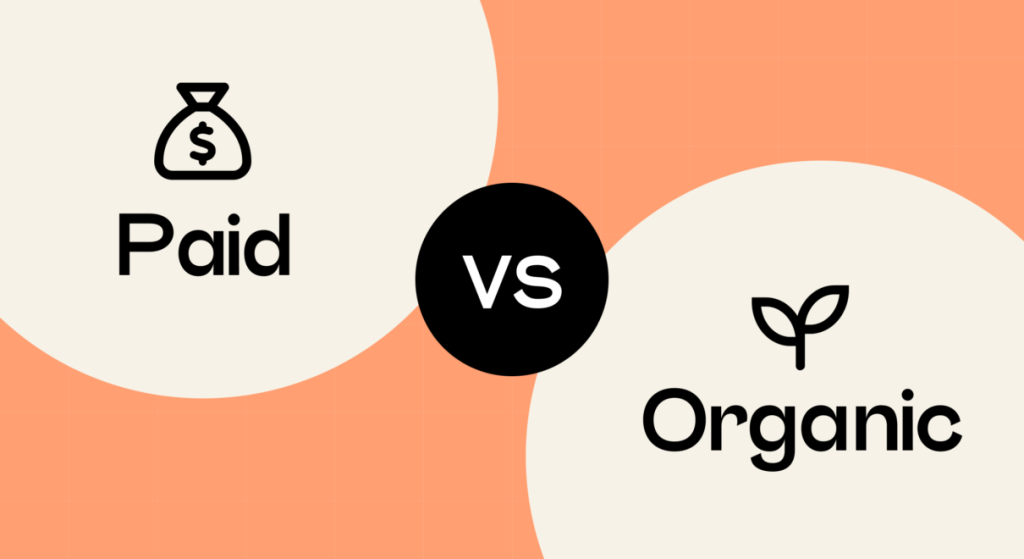
Why You Need Both Organic and Paid Channels
Organic marketing—SEO, content creation, email, and social engagement—builds credibility and long-term visibility. Paid marketing, like PPC campaigns and social ads, delivers immediate reach and highly targeted traffic.
When used together, they:
Reduce dependency on fluctuating ad costs
Build brand awareness while capturing bottom-funnel traffic
Support customer retention and acquisition in tandem
Improve overall return on investment (ROI) by working across the full funnel
A recent Shopify marketing strategy guide reinforces this point, showing that omnichannel brands using both organic and paid efforts see stronger customer loyalty and higher average order values.
Key Benefits of Each Channel
Organic Marketing: The Foundation of Sustainable Growth
While organic marketing takes time, its impact compounds. It’s essential for building trust, authority, and discoverability without needing a daily ad budget.
Best Organic Strategies to Focus On:
Search Engine Optimization (SEO): Optimize product listings, blog content, and store pages with keywords your customers are actively searching.
Email Marketing: Nurture subscribers through value-rich emails, new product launches, and exclusive content.
Content Marketing: Use educational blog posts, videos, or tutorials to drive consistent traffic and position your brand as an expert.
Amazon Storefront Optimization: A well-designed Amazon Store helps reinforce your brand identity and improves conversion rates.
Organic marketing is especially vital for brands with long-term growth in mind—it builds a solid foundation that paid efforts can amplify.
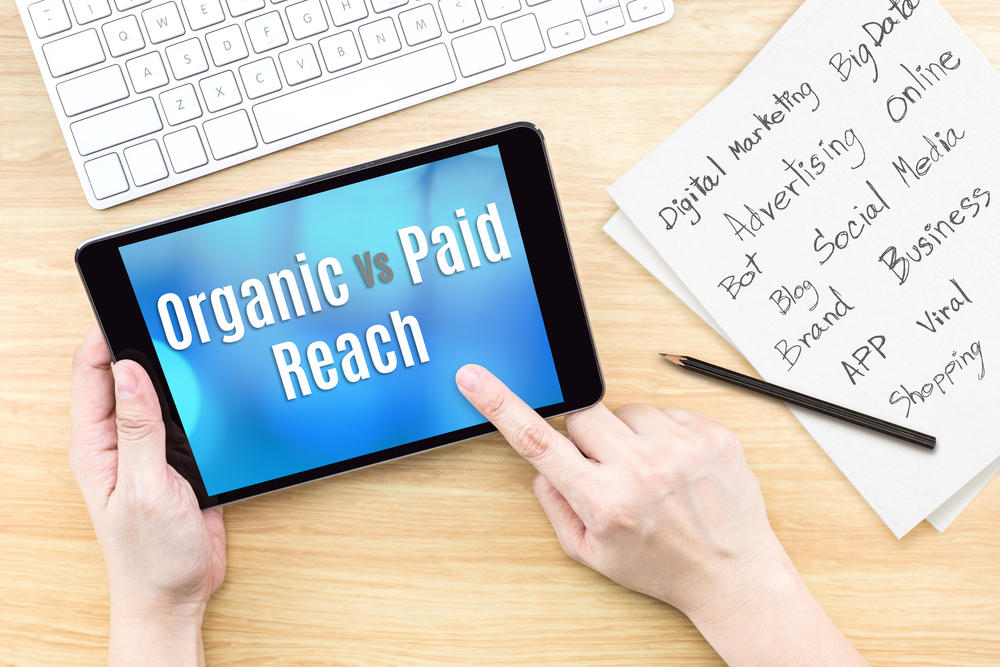
Paid Marketing: Scale with Precision and Speed
While organic marketing builds the brand, paid marketing accelerates results—especially helpful during product launches, seasonal sales, or competitive moments.
Paid Tactics That Complement Organic Growth:
Amazon Sponsored Ads: Promote high-converting ASINs using Amazon Ads to improve visibility and drive conversion.
Meta Ads (Facebook & Instagram): Run retargeting campaigns based on engagement or past purchase behavior. This Meta for Business guide outlines advanced ad segmentation options.
Google Shopping & Performance Max: Use search-based ads to capture high-intent buyers searching for your product off-Amazon.
Influencer-Boosted Content: Pair influencer partnerships with paid amplification for maximum reach and ROI.
The goal isn’t to spend endlessly—it’s to test, analyze, and reinvest in what works, supported by strong organic content underneath.
How to Align Organic and Paid for Maximum Efficiency
1. Use Paid Ads to Test Messaging
Use your ad copy as a testing ground. High-performing headlines and calls-to-action (CTAs) can then be incorporated into your email subject lines, product descriptions, or blog titles.
2. Retarget Organic Visitors with Paid Ads
If you’re getting traffic from SEO, blog posts, or organic social media, don’t let those visitors slip away. Retarget them with cart reminders or product highlights using tools like Google Ads or Meta.
3. Build Lookalike Audiences from Organic Buyers
Platforms like Facebook allow you to upload your customer list and build a lookalike audience. This ensures your paid efforts are targeting users similar to those who already trust your brand.
4. Use Organic Content to Reduce Paid Spend
Strong Amazon A+ content, optimized listings, and brand stores increase conversion rates, which in turn reduces ACOS (advertising cost of sales). Investing in good content lowers your ad costs over time.
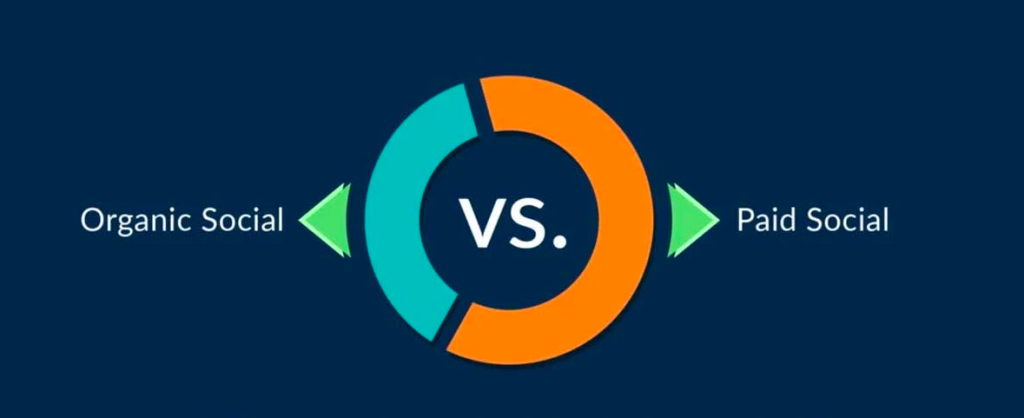
Final Thoughts: Sustainable Growth is Intentional
Balancing paid and organic marketing isn’t about choosing sides—it’s about creating a system where each supports the other. Paid marketing amplifies visibility, while organic efforts convert that visibility into trust, loyalty, and long-term brand value.
Whether you’re building an Amazon brand, scaling your Shopify store, or managing cross-channel campaigns, the most successful eCommerce companies treat paid and organic like two sides of the same coin—not separate departments.
Build content that lasts. Test ads that convert. Then, let each inform and empower the other.













